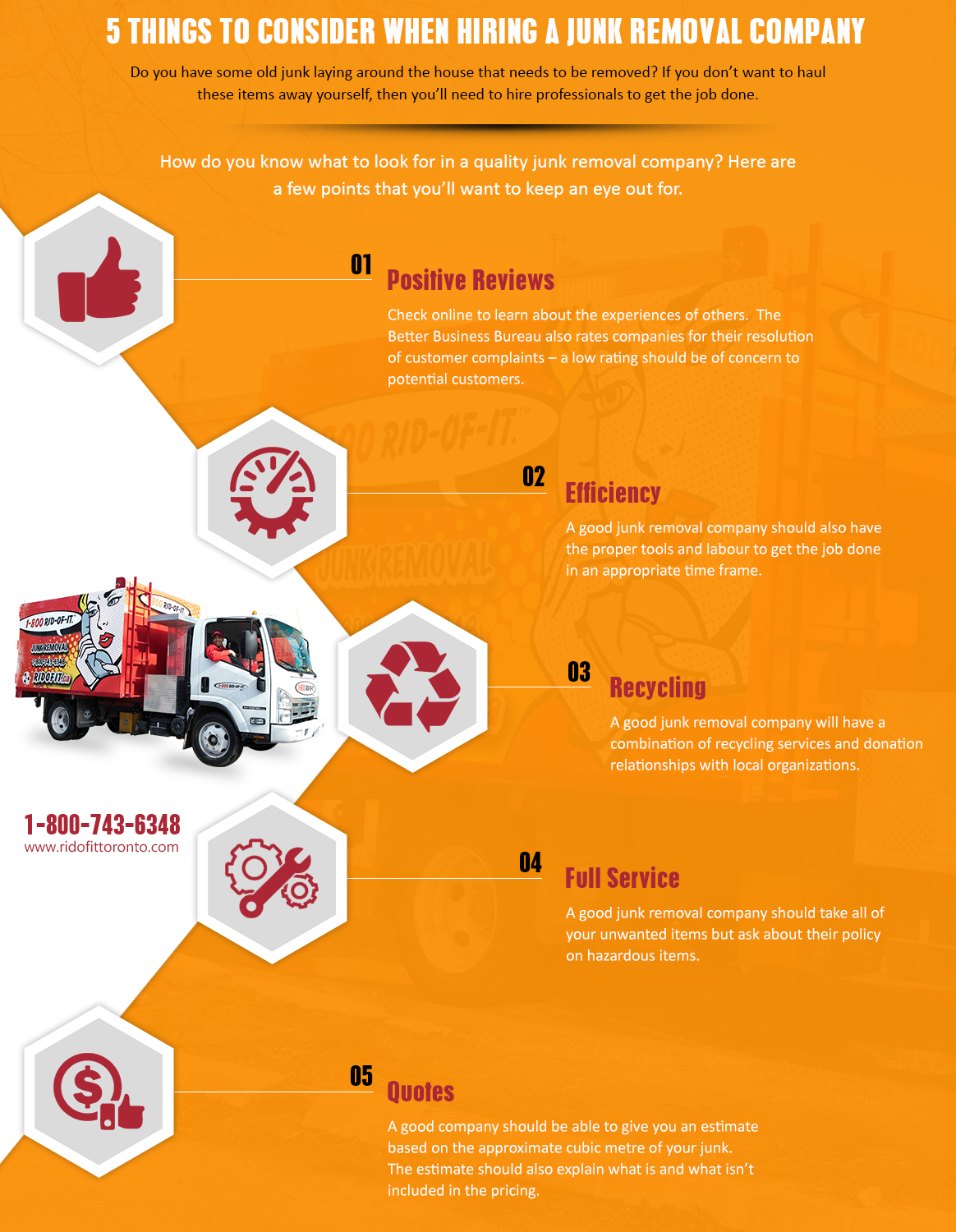Finding The Right Dumpster Dimension For Your Task: A Detailed Overview
Finding The Right Dumpster Dimension For Your Task: A Detailed Overview
Blog Article
Write-Up By-Galloway Koch
When embarking on a task that calls for a dumpster, the dimension you select can considerably impact its efficiency and cost-effectiveness. Imagine having the excellent container that fits all your waste without being excessively huge or too little. All of it beginnings with recognizing the nuances of your job and selecting a dumpster dimension that straightens with your details needs. So, prior to renting a roll off dumpster choose, take into consideration the factors at play to guarantee a smooth waste monitoring procedure from start to finish.
Variables to Consider
When picking the ideal dumpster dimension, there are several vital elements to consider.
First, think of the kind of waste you'll be taking care of. Various materials might call for differing quantities of area, so comprehending what you'll be placing in the dumpster is critical.
Next, evaluate the amount of waste you expect to produce. If you undervalue the quantity, you may require to make numerous journeys to deal with whatever, which can be inconvenient and costly. On the other hand, renting a dumpster that's too big can lead to unneeded expenses.
In addition, take into consideration the room where the dumpster will certainly be placed. Make sure there's https://wastemanagementdumpstersi66666.blogadvize.com/38465066/frequent-mistakes-to-avoid-when-protecting-a-dumpster-rental for the dumpster to be supplied and grabbed without any blockages.
Lastly, consider any type of weight limitations that may apply. Surpassing the weight restriction can result in added fees and even the rejection of service.
Dumpster Size Choices
For picking the ideal dumpster size, it's vital to have a good understanding of the available options. Dumpster dimensions commonly range from 10 to 40 cubic backyards, with variations in between.
A 10-yard dumpster is suitable for small projects like a garage cleanout or a tiny renovation. If you're tackling a medium-sized task such as a kitchen remodel or a basement cleanout, a 20-yard dumpster may be the appropriate option.
For larger tasks like a whole-house improvement or commercial building, a 30 or 40-yard dumpster could be better to suit the quantity of waste created.
When choosing a dumpster size, take into consideration the quantity and type of debris you expect to get rid of. It's far better to choose a slightly bigger dimension if you're uncertain to stop overfilling. Remember, it's even more cost-efficient to rent a dumpster that fits your demands as opposed to having to order an added one.
Matching Size to Job
Optimally matching the dumpster dimension to your job is critical for efficient waste management. To establish the right size, think about the scope and nature of your job.
For little house cleanouts or remodellings, a 10-yard dumpster may be sufficient. These are typically 12 feet long and can hold about 4 pickup tons of waste.
For larger tasks like remodeling numerous areas or removing a big estate, a 20-yard dumpster might be better. These are around 22 feet long and can hold around 8 pickup truck loads.
If you're taking on a significant building job or business renovation, a 30-yard dumpster could be the very best fit. These dumpsters are about 22 feet long and can suit regarding 12 pickup loads of particles.
Matching the dumpster size to your job guarantees you have enough space for all waste materials without overpaying for extra capability.
Final thought
Finally, picking the best dumpster size for your job is crucial for effective garbage disposal. By considering variables like the type and amount of waste, room accessibility, weight limitations, and budget restrictions, you can guarantee you have the suitable size dumpster for your requirements. Ensure to match the dimension of the dumpster to the scope and nature of your project to stay clear of overspending on unneeded costs.
